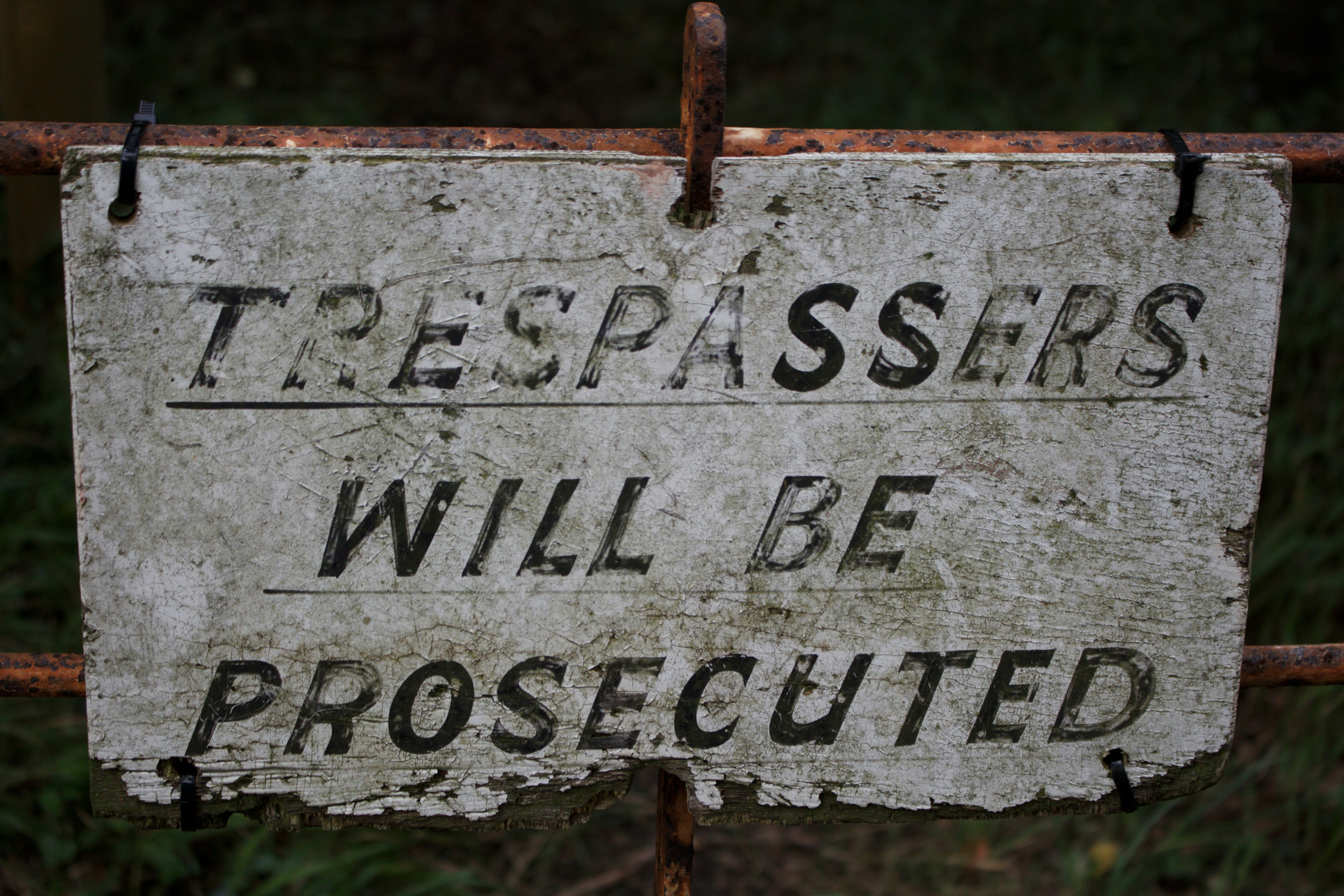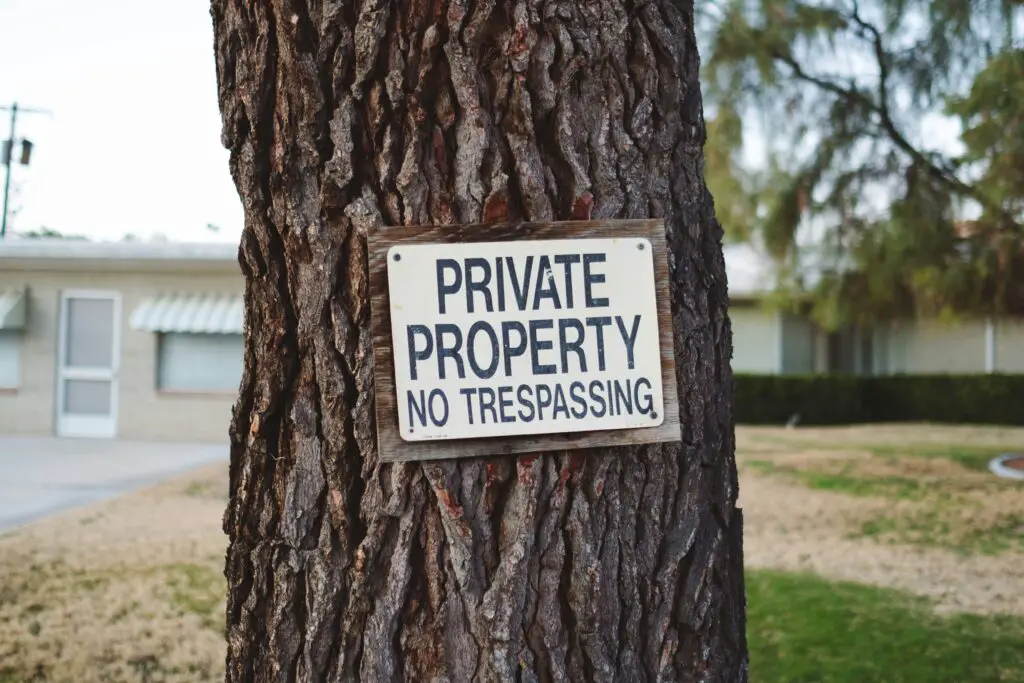No one wants their property damaged, but is setting booby traps to injure thieves legal? That’s the question viewers watching this viral video may ask themselves.
In the video, we see a person sneaking onto someone else’s property to take down, or possibly steal, a political sign. Upon contact, he realizes the sign is electrified. He jumps back, thwarted in his attempts.
The man was trespassing, but was the homeowner within their rights to booby trap the property?
The Truth About Booby Traps
To get right to the point, it is illegal to set up booby traps on private property. Booby traps are devices designed to injure or harm someone when triggered, often camouflaged or concealed. Examples include explosives, guns, ammunition, nails, spikes, or, in this case, electrical devices.
People are within their rights to defend themselves from intruders entering their homes. However, you can only do so if you believe you or others are in danger. When you set a booby trap, you are using force to harm a trespasser who may not have posed an imminent threat.
Furthermore, using reasonable force to make a trespasser leave your home would be best. For example, if you point a gun at a nonviolent trespasser, you could get into legal trouble.
The sign stealer in the video may have been wrong to trespass on the property, but he was not posing a physical threat. The fact that the property owner injured someone who was not posing a threat means they used excessive force. It makes them responsible for possible damages.
Can the Trespasser Still Get in Trouble?
The trespasser is not completely innocent in this case. If they file a civil case for damages, strict liability will not cover them. Strict liability allows a person to claim damages without proving actual negligence or intent to harm.
The Civil Code does not cover the trespasser because they were in a location they should not have entered when the accident occurred. Therefore, they must prove negligence to win their case.
Property owners may be guilty of negligence if they fail to use reasonable care in maintaining their property and ensuring it is safe for others. Booby traps make a property unsafe. They are an example of property owner negligence.
How to Protect a Property from Trespassers?

If booby traps aren’t the best way to discourage trespassers, what can you do to keep them off your property? Here are a few solutions.
- Put Up Physical Borders: Physical borders like fences and shrubbery will help keep trespassers off your property.
- Install Cameras: If trespassers see cameras on your property, they will likely stay away.
- Invest in Outdoor Lighting: A well-lit property can discourage trespassers. You may also consider installing motion lights to scare them away.
- Get a Dog: Nothing keeps trespassers away like a barking dog!
- Put Up No Trespassing Signs: No trespassing signs do more than discourage trespassers. They serve as legal notice that can hold up in a court of law if you decide to prosecute. Consult local laws to learn about regulations for posting signs in your area.
- Prosecute Trespassers: Prosecuting trespassers will get the word out. Criminals will know they have messed with the wrong property owner.
What is the Punishment for Trespassers?
Trespassing usually counts as a misdemeanor, punishable by up to six months in prison and a fine of up to $1000. The defendant might face additional charges depending on their activities on the property. For example, if they damaged the property while trespassing, they could be charged with vandalism.

